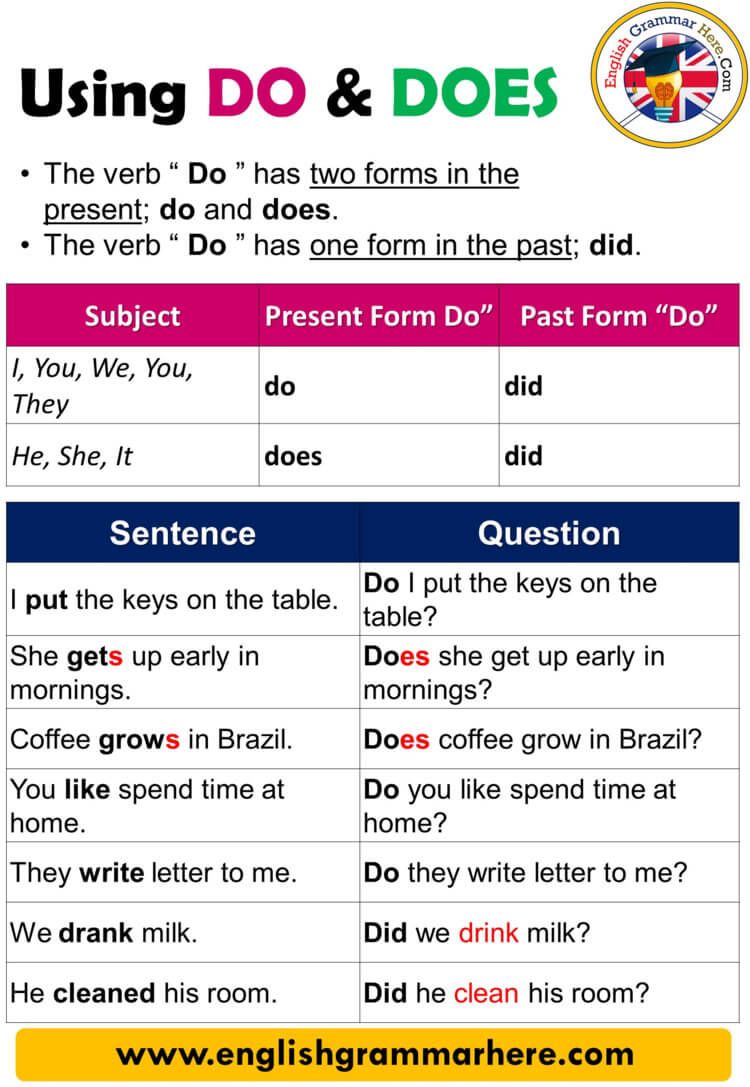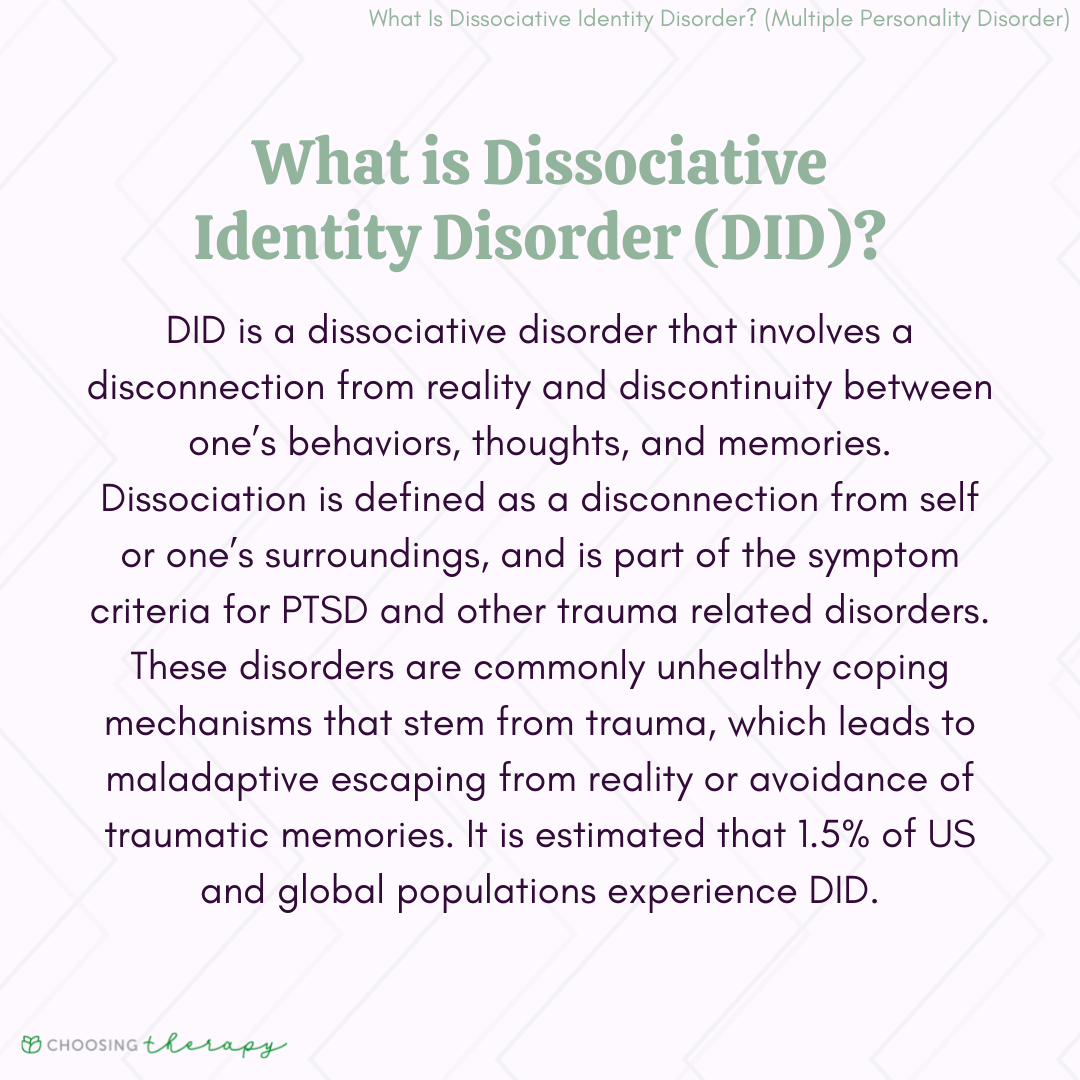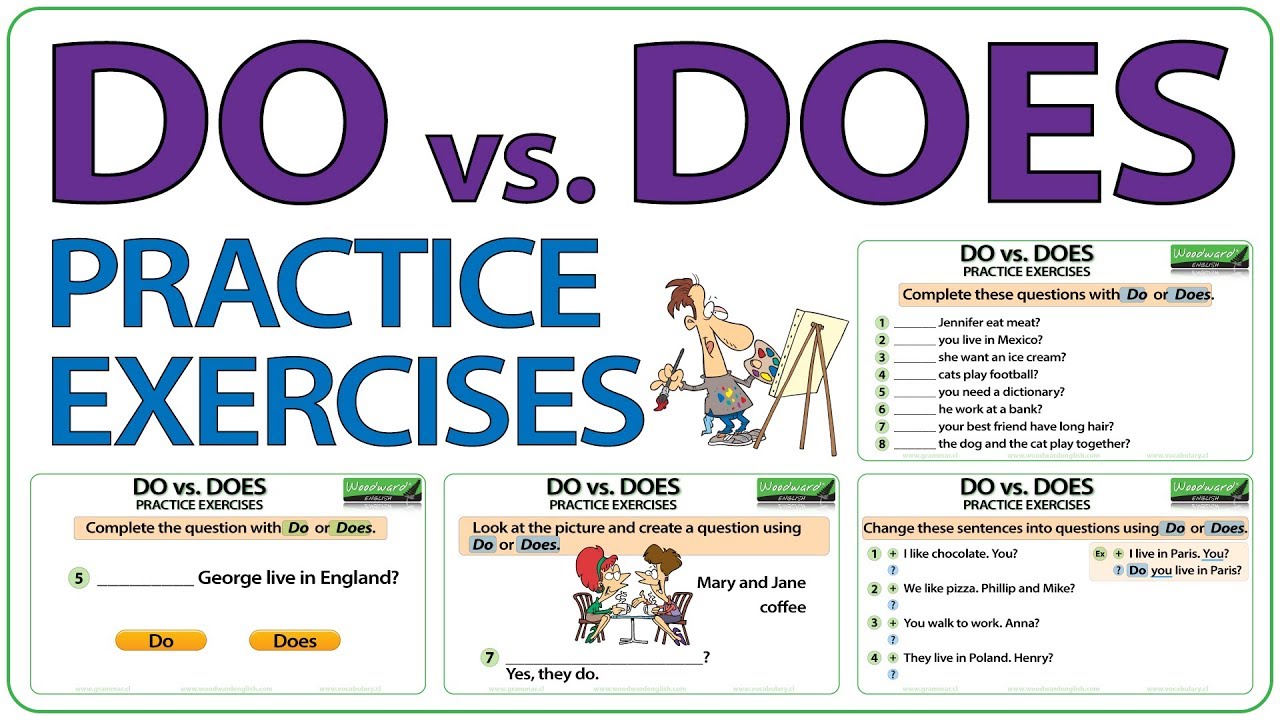Who Supplies Engines for Automakers? A Comprehensive Guide to the Automotive Engine Supply Market
Understanding the Automotive Engine Supply Landscape
The automotive manufacturing industry relies on a complex network of engine suppliers to power a vast array of vehicles, from economy cars to high-performance machines. The supply of engines is critical, as it directly influences performance, reliability, emissions compliance, and the adoption of new technologies such as hybrid and electric powertrains. This guide explores how many competitors currently supply engines to the automotive sector, who the main players are, and how businesses can evaluate and connect with engine suppliers in a rapidly evolving market.
How Many Competitors Supply Engines to the Automotive Industry?
The number of engine suppliers in the automotive manufacturing industry is substantial but concentrated among several global leaders. The market features a mix of original equipment manufacturers (OEMs) that produce engines for their own vehicles and for other automakers, as well as independent engine manufacturers and component suppliers. According to industry research, the automotive engine market remains moderately concentrated, with the top five OEMs-Toyota, Volkswagen, Hyundai Motor Group, General Motors, and Stellantis-leading the market in terms of engine production and supply capacity [2] . In addition, major suppliers such as Denso and Valeo provide critical engine components and technologies to automakers worldwide [3] .

Source: alamy.com
While the exact number of direct competitors fluctuates due to mergers, acquisitions, and technological shifts, industry reports typically highlight around 10-15 principal companies that supply engines or essential engine systems on a global scale. Some of these companies serve multiple automotive brands, while others focus on their in-house needs or specific market segments [1] .
Major Engine Suppliers: Who Are the Key Players?
The following companies are widely recognized as the most influential engine suppliers for the automotive manufacturing industry:
- Toyota Motor Corporation – A leader in both traditional internal combustion engines and hybrid powertrains, Toyota’s engines are renowned for reliability and efficiency. The company also invests heavily in electric powertrain development [1] .
- Volkswagen AG – Supplies a diverse array of gasoline, diesel, hybrid, and electric engines for its brands (Volkswagen, Audi, Porsche) and partners [1] .
- General Motors – Known for powerful and reliable engines for both consumer and commercial vehicles. GM is also advancing in electric propulsion technologies [1] .
- Ford Motor Company – A pioneer in turbocharged EcoBoost engines and electrification, Ford supplies engines for a broad product range, including performance and utility vehicles [1] .
- Honda Motor Co., Ltd. – Celebrated for fuel-efficient and durable engines, Honda is a leading supplier for compact cars, motorcycles, and hybrids [1] .
- Stellantis N.V. – Supplies engines for brands such as Fiat, Chrysler, Peugeot, and Citroën, and is rapidly expanding its electric and hybrid engine offerings [1] .
- Denso – A major supplier of engine control systems, fuel injectors, and advanced sensors, Denso’s technologies are integral to modern engine performance and efficiency [3] .
- Valeo – Specializes in engine cooling, ignition, and emission control systems, offering advanced solutions for both conventional and electric vehicle engines [3] .
Other notable engine suppliers include Cummins (noted for commercial and heavy-duty engines), BMW, Nissan, Renault, and Hyundai Motor Group [4] .
Market Trends and Technology Shifts
The automotive engine supply market is in transition, with traditional internal combustion engines gradually giving way to hybrids, plug-in hybrids, and battery-electric powertrains. Hydrogen internal combustion engines are emerging as a fast-growing segment, with a projected compound annual growth rate (CAGR) of over 13% through 2030. Companies such as MAN and Cummins are investing in advanced hydrogen and opposed-piston technologies, aiming for higher efficiency and lower emissions [2] .
Stringent emission regulations-such as Euro 7 in Europe-are pushing suppliers to develop cleaner and more efficient engines, including those compatible with synthetic e-fuels. This regulatory pressure is accelerating research and investment in engine after-treatment systems and new combustion architectures.
Accessing and Selecting Engine Suppliers: Step-by-Step Guidance
For businesses, OEMs, and large-scale buyers seeking to source engines or engine systems, the following steps provide a practical approach to evaluating and partnering with suppliers:
- Define Requirements : Clearly outline the engine type, power output, emissions standards, and integration needs for your application. Consider future regulatory trends and the potential shift to electrified powertrains.
- Research Suppliers : Use industry databases, trade publications, and verified company websites to compile a list of potential suppliers. Focus on companies with proven track records, relevant certifications, and a demonstrated commitment to technological innovation.
- Evaluate Capabilities : Assess each supplier’s manufacturing capacity, R&D capabilities, product portfolio, and history of collaboration with other automakers. Review technical documentation and request sample specifications or case studies.
- Request Proposals : Reach out to shortlisted suppliers with a detailed request for proposal (RFP). Include volume estimates, quality requirements, delivery timelines, and any special integration considerations.
- Conduct Due Diligence : Check references, review compliance records, and, if possible, arrange site visits or virtual tours of manufacturing facilities. Evaluate the supplier’s financial stability and ability to scale production.
- Negotiate Terms : Discuss pricing, warranty, aftersales support, and intellectual property arrangements. Clarify service-level agreements and escalation procedures for potential supply chain disruptions.
- Finalize Partnership : Once terms are agreed, formalize the supplier relationship through a contract. Establish clear communication channels for ongoing support and performance monitoring.
If you are unsure where to begin, you can start by searching for recent industry reports on the global automotive engine market, or by contacting industry associations such as the Original Equipment Suppliers Association (OESA). For insights into specific supplier capabilities, consult trade publications and attend relevant automotive expos, which frequently feature supplier showcases and networking events.
Real-World Examples and Case Studies
One recent example is the collaboration between Toyota and Mazda, where Toyota supplies hybrid engine systems to Mazda for integration into select vehicle models, allowing Mazda to meet stricter emission standards while leveraging Toyota’s expertise in hybrid technology. Similarly, Stellantis sources engines and components from multiple suppliers across its various brands, balancing in-house engine development with external procurement to optimize efficiency and cost.

Source: alamy.com
Another case involves Denso and Valeo, which have established themselves as critical suppliers not only by producing complete engine systems but also by delivering advanced components that are essential to both traditional and electric powertrains. Their role has become increasingly important as automakers transition to electrified vehicles and require new forms of engine integration and thermal management [3] .
Potential Challenges and Alternatives
One major challenge in sourcing automotive engines is navigating the evolving regulatory landscape, which can affect product compliance and long-term viability. Suppliers must continuously adapt to meet new standards, which may result in supply chain delays or increased costs. To mitigate such risks, buyers are advised to:
- Maintain relationships with multiple suppliers to ensure redundancy and competitive pricing.
- Monitor regulatory changes and proactively engage suppliers on their roadmaps for compliance and innovation.
- Consider regional suppliers for localized production, especially in markets with unique regulatory or consumer demands.
For businesses interested in alternative powertrain solutions, many suppliers now offer hybrid, plug-in hybrid, or fully electric propulsion systems. Collaborating with suppliers that have strong R&D in these fields can help future-proof your product lines and ensure continued regulatory compliance.
Summary and Key Takeaways
The automotive engine supply market features a moderate number of major competitors, primarily global OEMs and advanced component suppliers. The landscape is evolving rapidly in response to technological innovation and regulatory change. Buyers seeking to access these suppliers should conduct thorough research, define clear requirements, and engage in structured evaluation and negotiation processes. For those new to the industry or seeking additional support, industry associations and trade events offer valuable entry points for connecting with reputable suppliers and staying informed about the latest trends in engine technology.
References
- [1] Verified Market Reports (2024). Top Car Engine Companies.
- [2] Mordor Intelligence (2025). Automotive Engine Market Size, Trends, Forecast Report.
- [3] AutoPartsWD (2025). Top 10 Auto Engine Manufacturers & Suppliers in the World.
- [4] Wikipedia (2024). List of automotive manufacturers by production.
MORE FROM oncecoupon.com













